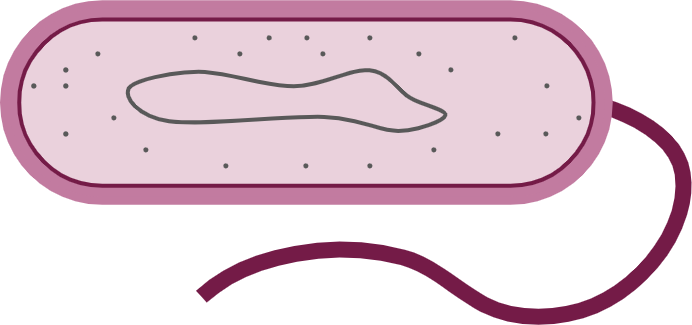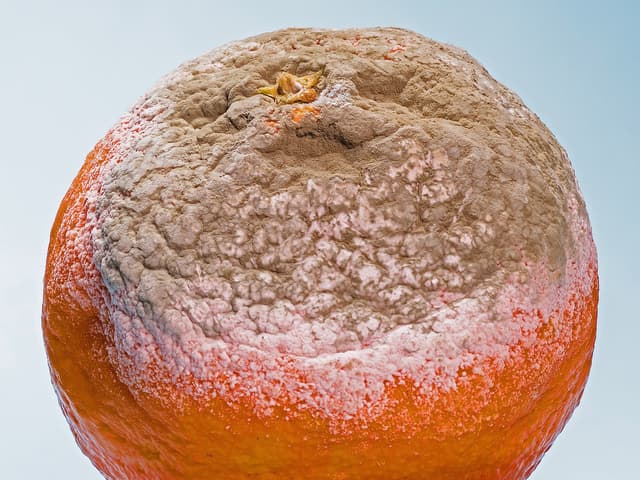Fungal and protist diseases in humans
I can describe examples of common fungal and protist diseases in humans, how they are spread, and ways to reduce the spread.
Fungal and protist diseases in humans
I can describe examples of common fungal and protist diseases in humans, how they are spread, and ways to reduce the spread.
These resources will be removed by end of Summer Term 2025.
Lesson details
Key learning points
- Some, but not all, fungi are pathogens that can cause communicable diseases in humans.
- Athlete’s foot as an example of a fungal disease, how it is spread, and how the spread can be reduced.
- Protists are eukaryotic microorganisms.
- Malaria as an example of a disease caused by a protist, spread by an insect vector, and how the spread can be reduced.
- The interaction of sickle-cell trait and malaria as an example of interaction between different types of disease.
Keywords
Fungi - eukaryotic kingdom of microorganisms including yeast and mould
Protists - eukaryotic kingdom of microorganisms including amoeba and plasmodium
Vector - an organism that carries the pathogen from the host to another organism
Allele - a genetic variant in a gene creates an allele (a different version of a gene), which can produce a different phenotype
Common misconception
Malaria is caused by mosquitos.
Mosquitos are the vector that transfer the protist to humans.
To help you plan your year 10 combined science lesson on: Fungal and protist diseases in humans, download all teaching resources for free and adapt to suit your pupils' needs...
To help you plan your year 10 combined science lesson on: Fungal and protist diseases in humans, download all teaching resources for free and adapt to suit your pupils' needs.
The starter quiz will activate and check your pupils' prior knowledge, with versions available both with and without answers in PDF format.
We use learning cycles to break down learning into key concepts or ideas linked to the learning outcome. Each learning cycle features explanations with checks for understanding and practice tasks with feedback. All of this is found in our slide decks, ready for you to download and edit. The practice tasks are also available as printable worksheets and some lessons have additional materials with extra material you might need for teaching the lesson.
The assessment exit quiz will test your pupils' understanding of the key learning points.
Our video is a tool for planning, showing how other teachers might teach the lesson, offering helpful tips, modelled explanations and inspiration for your own delivery in the classroom. Plus, you can set it as homework or revision for pupils and keep their learning on track by sharing an online pupil version of this lesson.
Explore more key stage 4 combined science lessons from the Health and disease unit, dive into the full secondary combined science curriculum, or learn more about lesson planning.

Equipment
None required.
Content guidance
- Depiction or discussion of sensitive content
Supervision
Adult supervision recommended
Licence
Starter quiz
6 Questions


Exit quiz
6 Questions
Eukaryotic kingdom of micro-organisms including yeast and mould.
Eukaryotic kingdom of micro-organisms including amoeba.
An organism that carries pathogens from a host to another organism.




